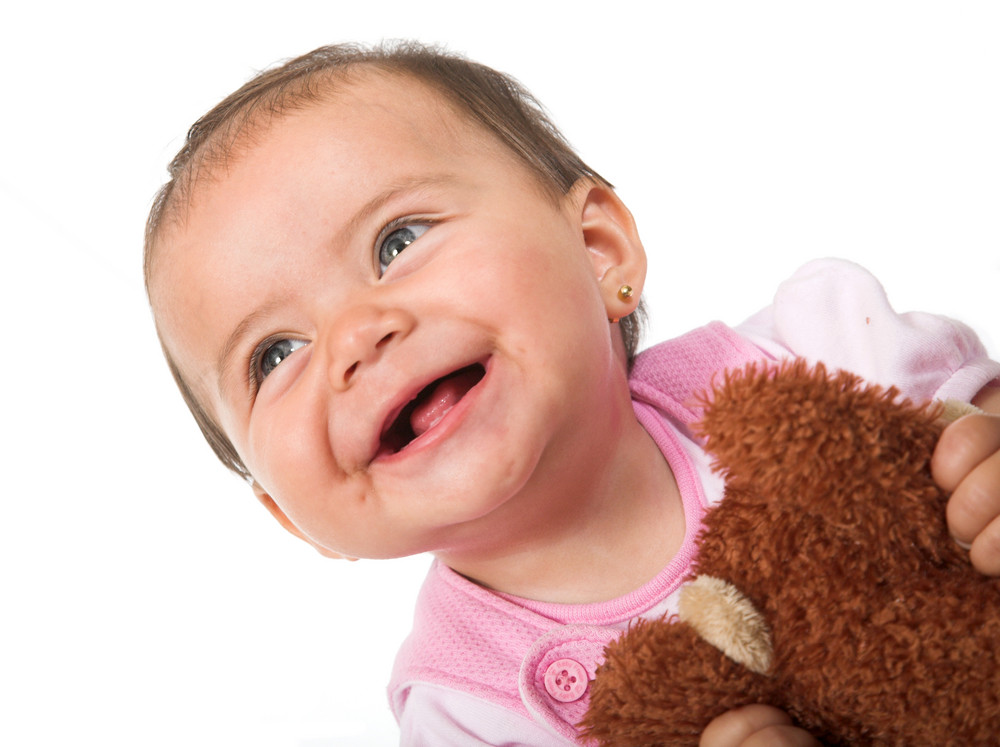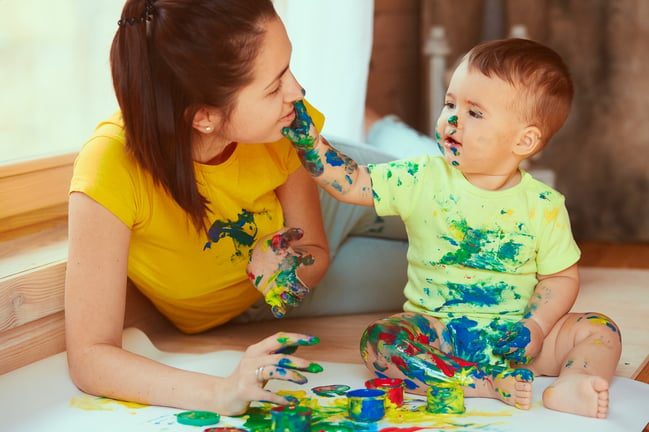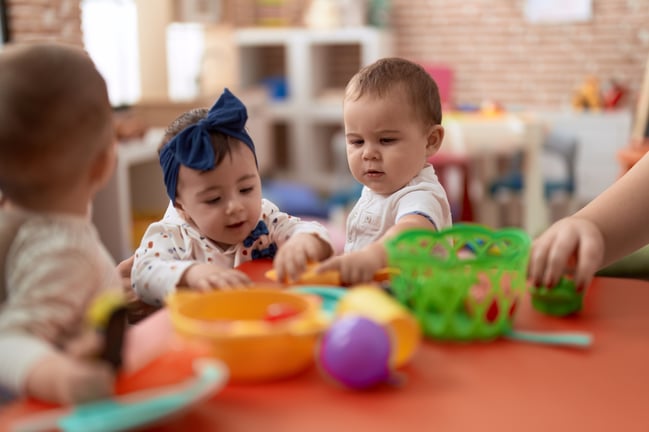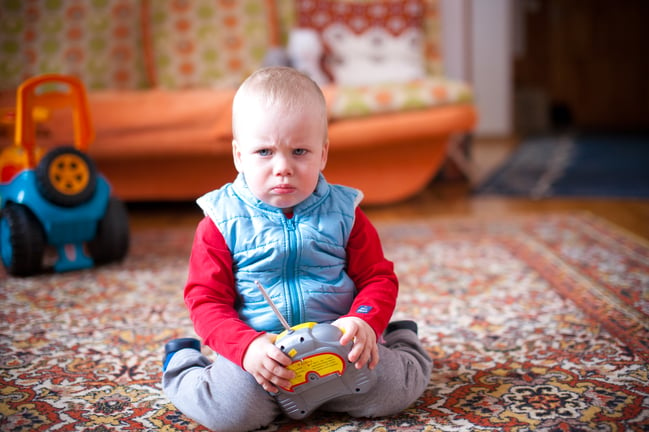
Social Development & Emotional Development
Younger Toddlers (8 to 21 months)
Components and Developmental Indicators
Younger Toddlers (8 to 21 months)
Components and Developmental Indicators
Developmental Indicators
SDED Goal-1: Children demonstrate a positive sense of themselves as unique and capable individuals in play and everyday tasks.
![]()
Begin to recognize some body parts by pointing when asked.
![]()
Recognize self in a mirror (point to self, make faces in mirror).
![]()
Express choices with gestures, signs, or words (select a toy they want).
![]()
Show confidence in their ability to make things happen by repeating or changing their actions to reach a goal (move closer to reach an object they want).
![]()
Share what they have done with others and show them things they like.
![]()
Explore their environment, occasionally “checking in” with a familiar, trusted adult.
Developmental Indicators
SDED Goal-2: Children form relationships and interact positively with familiar adults in play and everyday tasks.
![]()
Show preference for and emotional connection with adults who take care of them on a regular basis (feel secure to explore and then “check in” with familiar adult while playing, greet family member with big hug, seek out adult when upset or uncertain, exhibit anxiety when adult leaves).
![]()
Offer toys and objects to familiar adults.
![]()
Use sounds and gestures to engage adults (initiate simple give-and-take interactions).
SDED Goal-3: Children form relationships and interact positively with other children in play and everyday tasks.
![]()
Show delight when familiar peers arrive.
![]()
Enjoy playing alongside other children.
![]()
Imitate actions of older siblings and playmates.
![]()
Offer toys and objects to other children.
Developmental Indicators
SDED Goal 4: Children demonstrate self-regulation, pro-social behaviors, and participate cooperatively as members of a group in play and everyday tasks.
![]()
Use gestures, sounds, objects, or simple words to get another person to do something (bring box to adult to be opened, make noise to get someone to look).
![]()
Begin to follow simple directions (“It's time to bring me your shoes so we can go outside.”).
![]()
Control impulses some of the time (look at forbidden object and say, “no, no” or allow adult to direct them to a different activity).
![]()
Accept adult help to resolve problems and conflicts and cooperate when an adult redirects them from a situation that poses a problem.
SDED Goal-5: Children demonstrate an ability to identify and regulate their emotions in play and everyday tasks.
![]()
Use body language, facial expression, simple words or signs to communicate needs and feelings (clap when happy, shout “Whee!” when excited).
![]()
Separate from parent or main caregiver without being overcome by stress.
![]()
Find comfort and calm down in a familiar setting or with a familiar person.
SDED Goal-6: Children recognize and respond to the needs and feelings of others in play and everyday tasks.
![]()
Try to comfort another child or adult who is upset (bring a comfort object, stroke the person on the back).
![]()
Look at familiar caregivers to see how the caregiver is feeling (look to see if the adult is upset after they spill a drink).
![]()
Match their tone and emotions to that of others during interactions.



